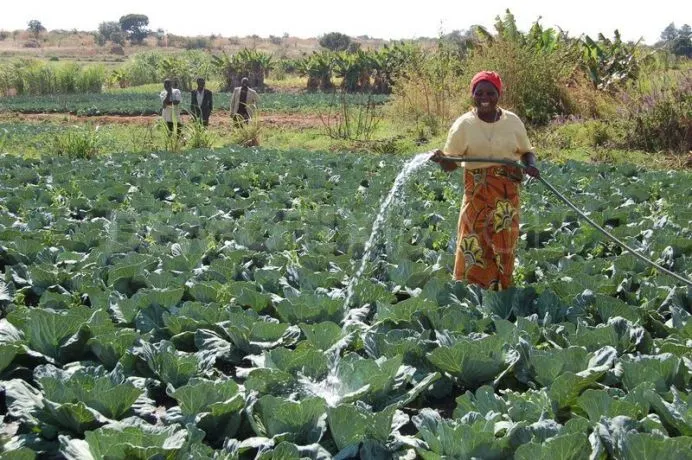Farmers can employ various strategies to manage risks on their farms. In a situation where there are several warnings about weather patterns, flash flood alerts, fluctuating market trends among others, there is need for farmers to ensure that a single event does not have a catastrophic impact on the entire farm. Hence, why farmers must keep making informed decisions and adapt to farming strategies accordingly, as the case arises. Meanwhile, farmers must be conscious of the fact that risk management is a continuous process, and it is important for them to regularly re-assess risks, adjust their strategies, and stay informed about emerging challenges and opportunities in agriculture. Here are some common practices to put in place:
- Diversification: Growing a variety of crops or raising multiple types of livestock can help spread the risk. By diversifying their production, farmers are less vulnerable to the impact of a single crop failure or market fluctuation.
- Crop rotation: Rotating crops seasonally helps reduce the risk of disease and pest infestations. Different crops have varying nutrient requirements, and rotation can improve soil health and reduce the likelihood of yield losses.
- Insurance coverage: Farmers can mitigate financial risks by obtaining crop insurance, livestock insurance, or other agricultural insurance policies. These policies provide compensation for losses due to weather-related events, disease outbreaks, or other unforeseen circumstances.
- Risk assessment and planning: Conducting a thorough assessment of potential risks on the farm can help farmers develop risk management plans. They can identify and prioritise risks, determine the potential impact of each risk, and develop strategies to minimise or cope with them.
- Financial management: Maintaining good financial records and developing a budget can help farmers assess their financial health and make informed decisions. It is essential to monitor costs, track income and expenses, and manage cash flow effectively.
- Market diversification: Relying on a single market can be risky, as market conditions can change rapidly. Farmers can explore diverse marketing channels such as farmers’ markets, community-supported agriculture (CSA) programmes, direct sales to restaurants or retailers, or even value-added products to reduce market risks.
- Water management: Implementing effective water management practices, such as irrigation scheduling, water conservation techniques, and investing in efficient irrigation systems, can help mitigate the risks associated with water scarcity and drought conditions.
- Pest and disease management: Implementing integrated pest management (IPM) practices can reduce risks posed by pests and diseases. IPM combines various techniques, including cultural practices, biological control, and judicious use of pesticides, to minimise reliance on chemical inputs and prevent crop losses.
9. Climate-smart farming practices: Adapting to climate change and extreme weather events is crucial for risk management. Farmers can adopt practices like conservation agriculture, agroforestry, precision farming, and using climate-resilient crop varieties that are better suited to changing climatic conditions.

